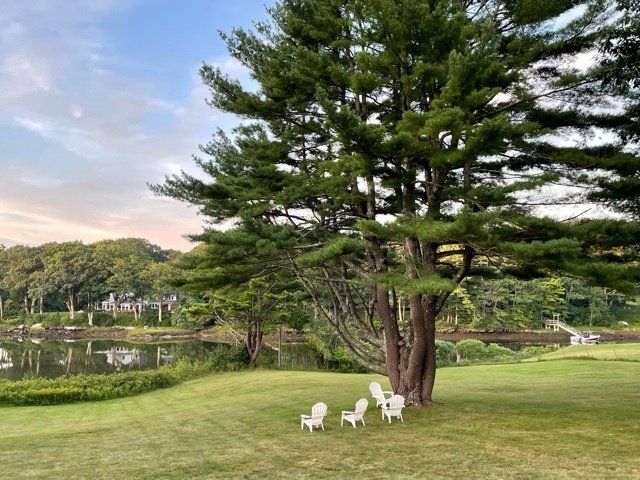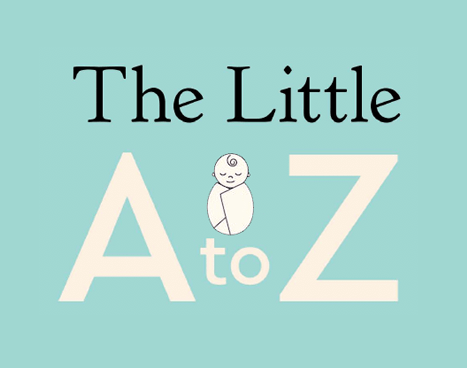Blog Layout
A Time to Wonder
Rachel Perks • Sep 06, 2021
There is always time to get outside

In Robert McCloskey’s Caldecott Medal Award book, Make Way for Ducklings, Mrs Mallard resists raising her little ducklings in the countryside:
“…every time Mr. Mallard saw what looked like a nice place, Mrs. Mallard said it was no good. There were sure to be foxes in the woods or turtles in the water, and she was not going to raise a family where there might be foxes or turtles.”
Mrs. Mallard flies her husband further and further away from rural Massachusetts, eventually landing in downtown Boston where they find daily feedings at parks, friendly policemen to help them cross the traffic, and plenty of shade under which to nest and give birth to their eight babies. The book is a beautiful celebration of the city by a rather unexpected inhabitant, a bird.
In contrast, the more foxes and turtles the better in Isabella Tree’s, Wilding. Hers is a conservation enthusiast’s memoir of the transformation of their large-scale dairy farm north of London into a thriving, wild ecosystem. Gone are the cows and the machinery. In are Exmoor ponies, boar, and beavers. In Tree’s story, the arrival of rare, endangered and seemingly exotic animals is the ultimate indicator of their experiment’s success. Along their journey, the couple forge a new coexistence between, and warm appreciation for, the wonders of nature and life emerging on their land. Every season brings new residents—butterflies, birds, bees. Residents unspotted for decades in the vicinity up until now. Tree’s memoir is a celebration of nature’s adaptability, a call for all that is wild and free.
Over the last week here in southern Maine, we’ve been paddling in the mornings along our quiet Cape Neddick river. Herons, egrets and the occasional osprey fly overhead as we spot crabs and fish skittering in the clear water below. Each paddle offers up a new vista as different lights play off the water, the marshes and the grasslands. You never know what you will spot that day, or even that minute. All it takes is one movement to send a shy bird off a neighbor’s dock, or to make a crab flee under a rock. We are patient, hopeful that if we remain still long enough a visitor might appear.
Little Clyde draws under the shade of an ancient oak tree with his grandad. They sketch the scene from the shore: the river running slowly back out to sea, the geese flying in to bathe at the water’s edge, the resident heron standing proud in the tall grass. They compare their view points. Add color to each other’s works. Discuss what else could be added. Marvel at nature’s beauty before them. It is a pleasure to observe our son interpret the landscape himself.
Being out in nature—whether in a city or in the countryside—offers up a plethora of moments to teach, and to learn from, our children. It can be as simple as sitting in a park to watch the birds fly above or the dogs wrestle. But undoubtedly, most of us in the northern hemisphere associate summer with our long-standing desire to commune with nature—bike rides along mountain roads, boat rides in the open water, hikes through national parks. It is the season to ‘escape’: not just place but also self. To learn to swim, canoe, kayak or fish. My summers at the lake as a young child remind me not only of things done and places visited. Equally I recall with whom: my father as my swim instructor, my mother as a fellow peach picker, and friends as beach goers. We celebrate freedom from school or work; but we also celebrate it with those we love most.
In another of McCloskey’s Caldecott Medal books, Time to Wonder, we follow in perfect pace an island summer in Maine. Children roam free on the cliffs and beaches, clams are dug up, sails are raised, trips are made to the nearest harbor for supplies. As the season comes to a close, the family prepares to leave following a visiting hurricane some nights earlier. As the children turn back in the boat to wave goodbye to their summer cottage, someone asks, “Where do butterflies go during hurricanes?” A profound question to which no one has the answer. It is indeed a wonder how nature resists, adapts and creates anew, despite our best efforts to tame and to hold it. Ducks who prefer the safety of the city, couples who wish to turn their estate over to the whims of nature, or the average family who yearns simply for a moment of communion. Every day outside affords us a time to wonder with our little ones. We need only step outside.
Therefore, as the summer winds down and Fall arrives, perhaps you might take some few last moments to be in nature with your children:
-A time in the garden to prepare for Fall and to discuss with your kids what is to emerge in the coming months;
-A hike on a trail in your neighborhood (or further afield) to spot flowers, insects and other living things;
-A walk to the park to splash in the water works or kids’ pool;
-A drive to the countryside to take in a day in the woods, by a river or at a lake.
-A drawing session on the front porch to capture a late summer sunset.
The list is endless.
Share
Tweet
Share
Mail









